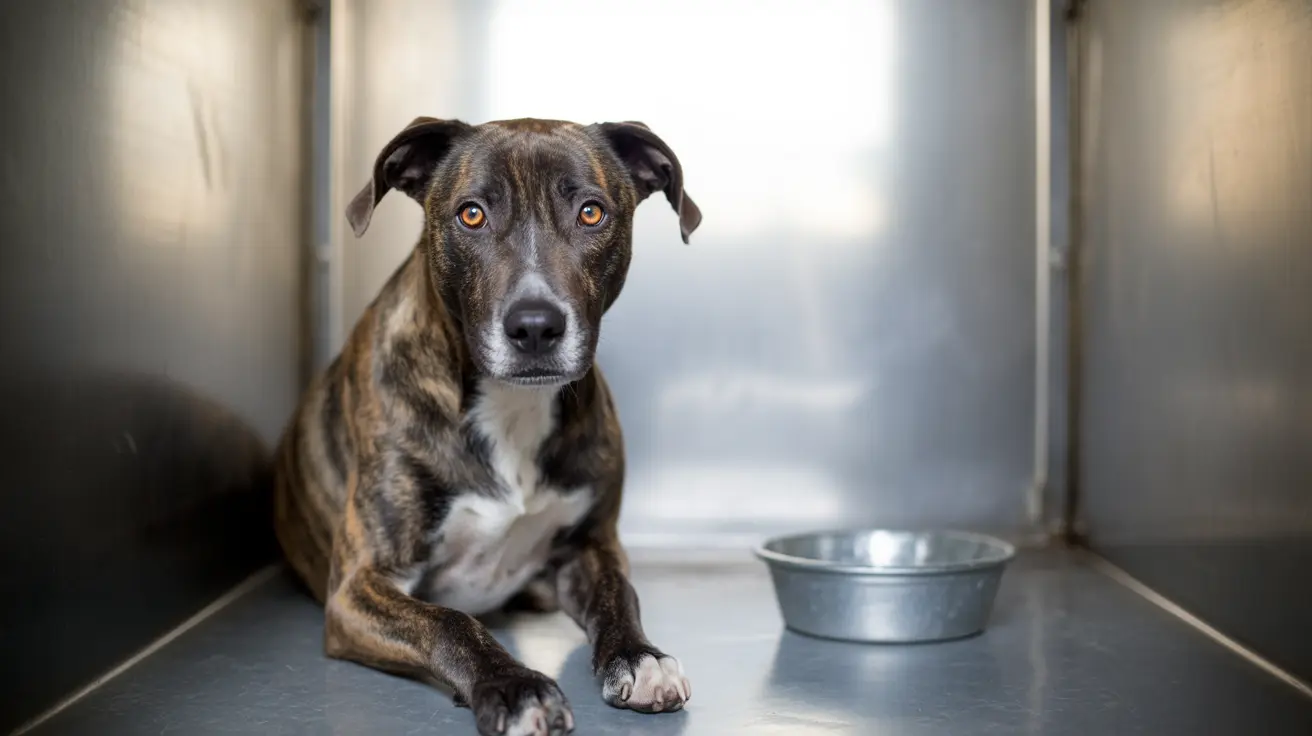How to Cure Scooting in Dogs: Causes, Remedies, and Prevention
When your dog starts dragging its rear across the floor, it can be amusing at first—but this behavior, known as scooting, often indicates an underlying issue that needs addressing. Not only is scooting uncomfortable for your pet, but if left untreated, it can lead to more severe health concerns.
Common Causes of Scooting in Dogs
Scooting is a symptom, not a disease. Understanding the root cause is essential to finding the right remedy. The most common causes include:
- Impacted or infected anal glands
- Parasite infestations such as tapeworms
- Food allergies or sensitivities
- Skin irritations due to grooming or environmental factors
- Rectal foreign bodies or injury
1. Anal Gland Problems
The most typical reason for scooting is issues with the anal glands. These small sacs near the rectum can become clogged, leading to pressure and discomfort.
Remedies:- Manual expression by a vet or groomer
- Infections may require antibiotics
- In chronic cases, surgery might be necessary
2. Parasites
Tapeworms and other internal parasites can cause irritation around the anus. Visible rice-like segments near the tail are usually indicative.
Remedies:- Veterinary-recommended dewormers
- Regular fecal testing
- Flea control to prevent parasite transmission
3. Allergies and Dietary Issues
Food sensitivities or environmental allergies can lead to inflammation and itchiness in the anal area.
Remedies:- Switching to a hypoallergenic diet
- Adding fiber to improve stool quality
- Allergy testing and antihistamines if needed
4. Skin Irritations and Grooming Issues
Improper grooming around the hindquarters can cause irritation, especially in long-haired breeds.
Remedies:- Ensure regular cleaning
- Use soothing wipes or pet-friendly ointments
- Avoid harsh shampoos
5. Foreign Objects or Injury
Occasionally, small objects like grass seeds may lodge near the rectum, irritating the dog.
Remedies:- Careful inspection and gentle removal
- Veterinary assistance if swelling or bleeding occurs
When to See a Veterinarian
If your dog scoots frequently, or if symptoms like bleeding, swelling, or foul odors accompany the behavior, seek veterinary advice. Professional diagnosis ensures appropriate treatment.
Preventing Scooting
Prevention hinges on good hygiene and proactive health care.
- Regular vet visits to check anal glands and parasites
- Proper grooming around the hind end
- Balanced fiber-rich diet to support digestive health
- Year-round parasite prevention
In summary, scooting is your dog’s way of signaling distress or discomfort, often due to anal gland issues, parasites, or allergies. Understanding the causes and knowing the proper remedies can help ensure your dog remains healthy and happy.





